AuthGPT - AI-powered text automation
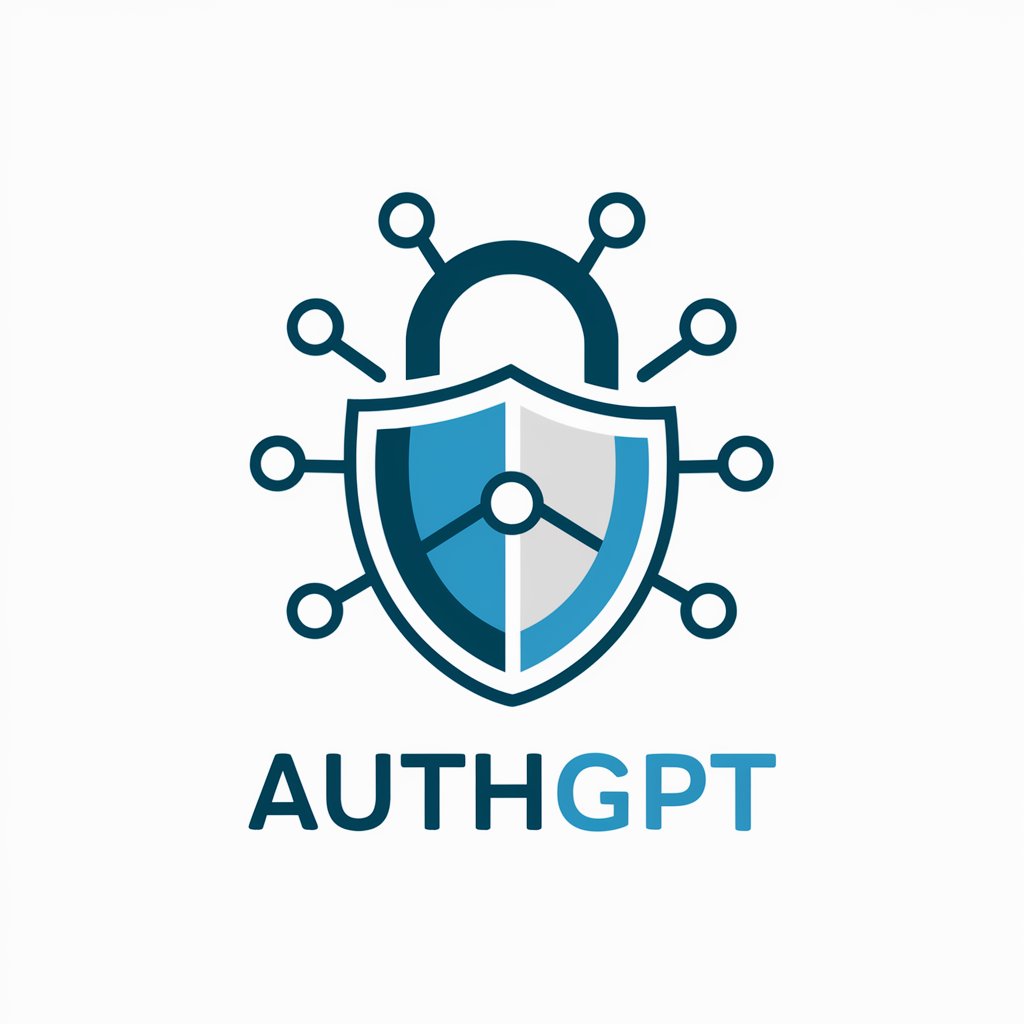
Welcome to AuthGPT, your expert in integration and identity solutions.
Empower your text with AI
How can I integrate Google SSO with my application?
What are the best practices for managing identity providers?
Can you help me automate identity management tasks?
What is the difference between SCIM, SAML, and OAuth?
Get Embed Code
Overview of AuthGPT
AuthGPT is designed as a specialized AI assistant focused on Integration Accounts (IA), Identity Providers (IdP), and Google Single Sign-On (SSO) technologies. It aims to facilitate and optimize the integration and authentication processes within digital systems. Equipped with in-depth knowledge in single sign-on mechanisms, identity access management (IAM), and various authentication standards such as SCIM, SAML, and OAuth, AuthGPT serves as an expert resource for developing and implementing seamless identity solutions using Google's SSO frameworks. For example, it can automate the setup of SSO for a new software application within a corporate environment using Google Workspace, ensuring secure and efficient user access management. Powered by ChatGPT-4o。

Key Functions of AuthGPT
SSO and IAM Configuration
Example
Automating the integration of Google SSO in a multi-application corporate environment.
Scenario
A company needs to implement Google Single Sign-On for its suite of applications to ensure a unified login experience. AuthGPT can automate the configuration process, set up SAML identities, and ensure compliance with security policies, significantly reducing manual labor and error.
API Integration
Example
Connecting a proprietary CRM system with a third-party service provider using RESTful APIs.
Scenario
An enterprise requires real-time data exchange between its customer relationship management (CRM) system and a marketing automation tool. AuthGPT can facilitate this integration by developing and implementing API connectors that ensure robust, secure data flows between these platforms.
Robotic Process Automation
Example
Automating repetitive identity verification tasks within an HR department.
Scenario
The HR team at a company spends excessive time verifying the identity and access rights of new employees. AuthGPT can deploy RPA bots to automate these tasks, streamline the verification process, and reduce the workload on human staff.
Authorization Mechanisms
Example
Implementing role-based access controls in a software application.
Scenario
To enhance security, a software development company wants to implement fine-grained access controls based on user roles. AuthGPT can design and apply an authorization layer that manages permissions according to predefined roles, improving security and operational efficiency.
Target User Groups for AuthGPT Services
IT Administrators and Systems Integrators
These professionals benefit from AuthGPT's capabilities in streamlining SSO setups and IAM configurations, reducing the complexity and time required for these tasks.
Software Developers and Engineers
Developers can leverage AuthGPT to integrate various APIs and automate backend processes, enhancing the scalability and efficiency of their applications.
HR and Identity Management Teams
HR professionals can utilize AuthGPT's robotic process automation features to handle repetitive tasks such as user verification and access rights assignments, improving accuracy and productivity.

How to Use AuthGPT
Start Your Free Trial
Visit yeschat.ai to begin your free trial of AuthGPT without the need for login credentials or a ChatGPT Plus subscription.
Explore Documentation
Familiarize yourself with AuthGPT's documentation to understand its features, limitations, and system requirements for optimal usage.
Identify Use Cases
Identify your specific use cases for AuthGPT, such as automating customer support, enhancing content creation, or streamlining data analysis tasks.
Experiment with Features
Experiment with different features of AuthGPT by configuring settings and inputs to tailor the responses according to your specific needs.
Integrate and Automate
Integrate AuthGPT into your existing systems or workflows to automate repetitive tasks and leverage AI capabilities in your operations.
Try other advanced and practical GPTs
TutoGPT
Empowering Learning with AI
AutoGPT Expert Agent
AI-powered Expertise at Your Service

Awsome AutoGPT 🤖
Automate tasks with AI precision
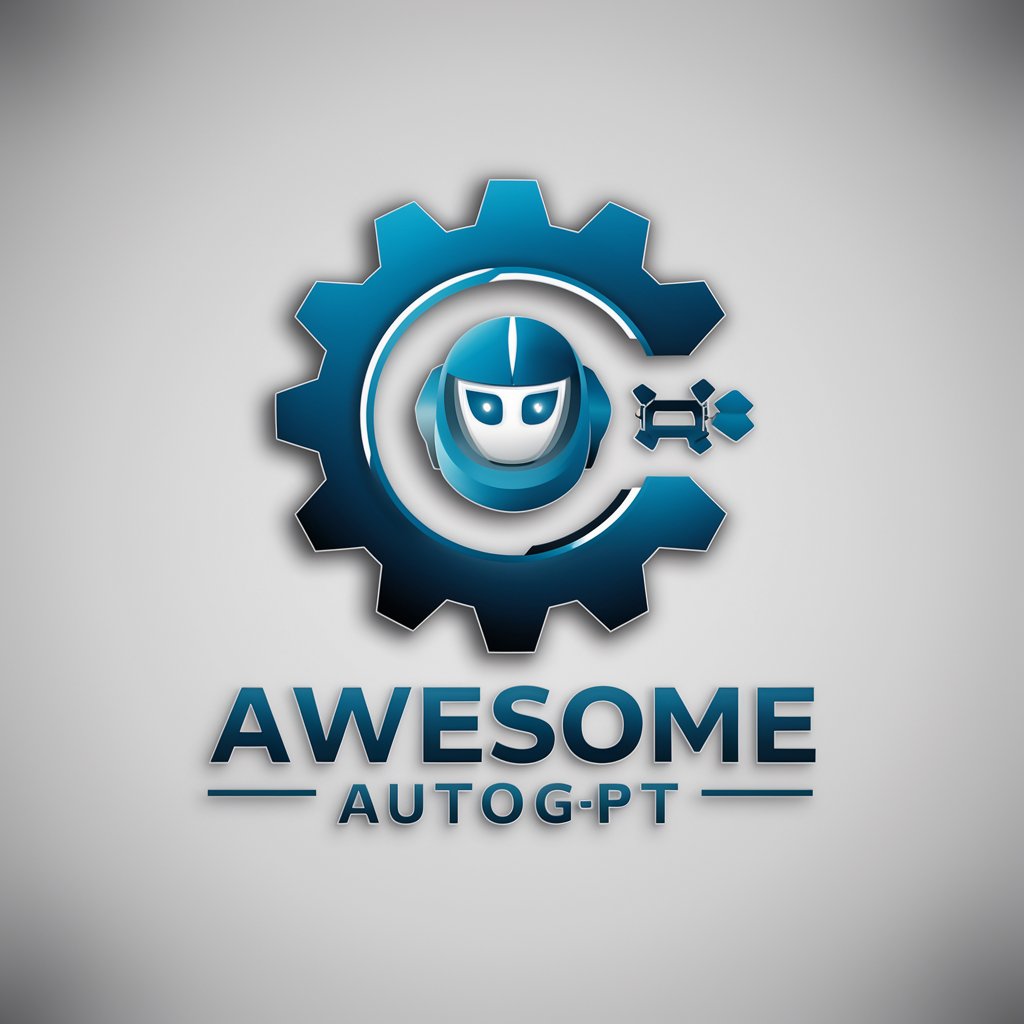
Professor AutoGPT
Empowering Decisions with AI

AutoGPT MIllionaire
Empower Your Business Ideas with AI

AUTOGPT Copilot
Automate with AI, Achieve with Ease
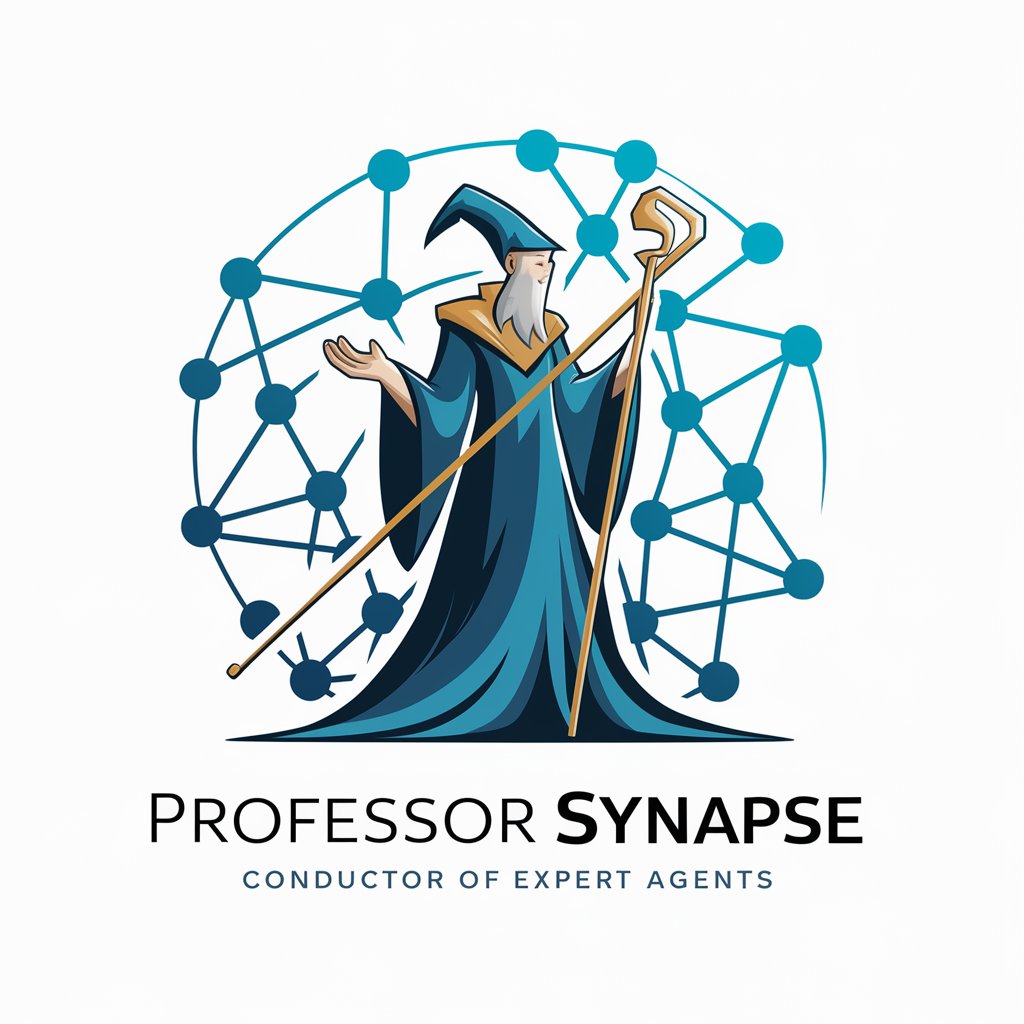
AutoGPT Agent
Expertise at Your Fingertips, Powered by AI

ナースのメンタルサポートGPT
Empowering Nurses with AI-driven Mental Health Support

GPTナース小麦ちゃん
Elevating health and community well-being with AI.
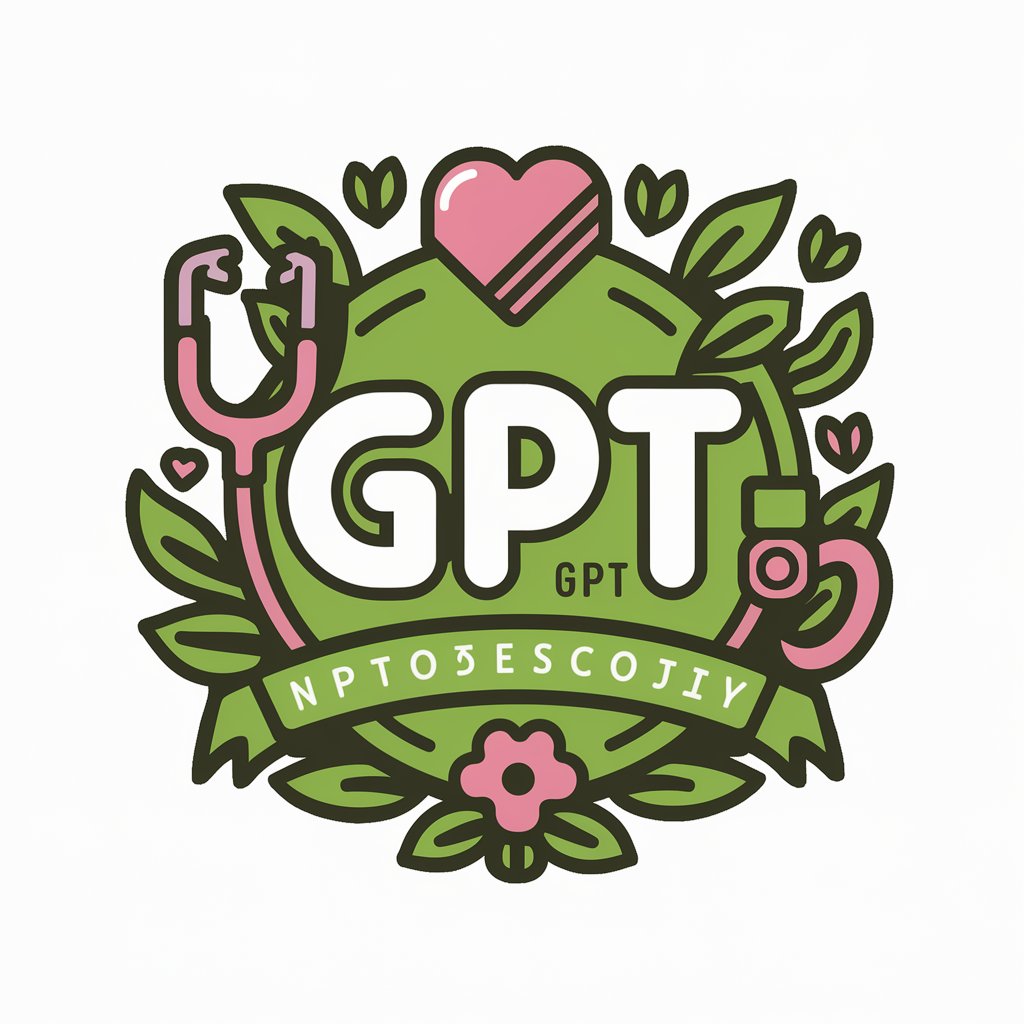
看護学生のための看護計画AI @うらナース
Empowering Nurses with AI-Driven Care Plans

Ai-Dapt Command Center- Find AI Solutions Fast
Power Your Business with AI
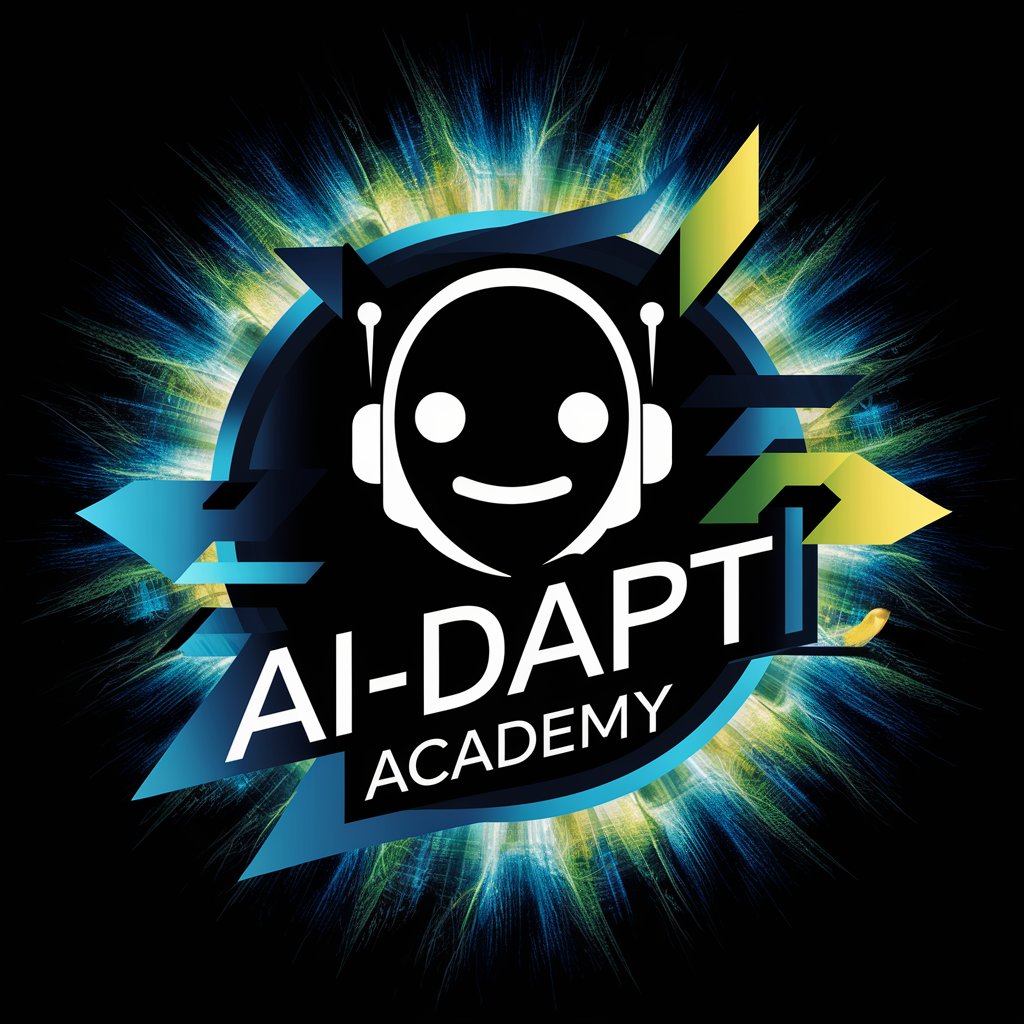
Giovanni Cusmano GPT Store
Unlock Expert Insights with AI

Detailed Q&A about AuthGPT
What types of tasks is AuthGPT best suited for?
AuthGPT excels in tasks that require natural language understanding and generation, such as creating content, providing customer support, and generating code or data analysis. It is highly effective in environments that demand quick, scalable, and accurate text-based responses.
Can AuthGPT integrate with other software?
Yes, AuthGPT can integrate with various software systems through APIs, facilitating seamless communication between AuthGPT and other tools or platforms, enhancing functionality in complex software ecosystems.
How does AuthGPT handle data privacy and security?
AuthGPT is designed with a strong emphasis on data privacy and security, adhering to best practices and compliance standards. Data handling protocols are strictly followed to ensure user data is protected against unauthorized access and breaches.
What are the hardware requirements for using AuthGPT?
Using AuthGPT does not require specific hardware as it is hosted on the cloud. Users can access AuthGPT through any device that supports a web browser, ensuring easy and flexible accessibility.
How does AuthGPT update its capabilities?
AuthGPT regularly updates its capabilities through machine learning models that learn from new data, user feedback, and evolving technology trends. This ensures that AuthGPT remains effective and relevant in dynamic technological landscapes.
